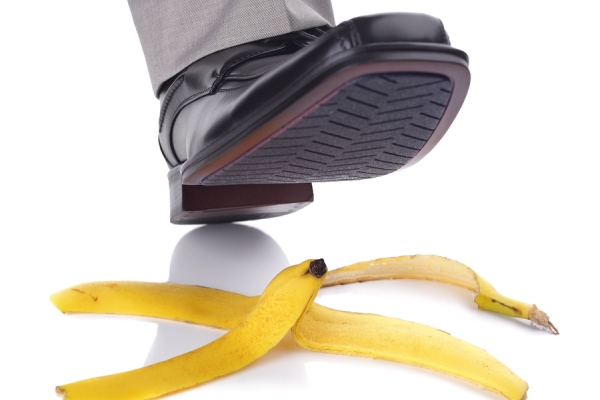Near Misses - The Warning Signal

How many times have you shrugged off a near miss? Never gave it a second thought? Next time, think twice. The difference between a near miss and an accident often is a fraction of a second or an inch. And when it happens again, that difference may not be there.
We never know when the serious injury is next.
One study shows that for every 330 incidents of the same type, 300 produce no injuries, 29 produce minor injuries and one produces a major injury. (Of course, these statistics vary with the job being done.) The problem is we never know which time the major injury will occur. Near misses are warnings. If we heed these warnings and look for causes, we may be able to prevent injury or damage.
Here’s an example:
You are going up a walkway into a building. Your foot slips. Being agile and empty handed, you regain your balance with no harm done.
Another person comes along. He slips, but his reactions are a little slower than yours. To keep from falling, he jumps off the walkway. Again no harm done.
Then comes a third person carrying a load. He has the same experience, but falls off the walkway with the load on top of him. He breaks his ankle.
Two warnings were ignored. Finally, someone was hurt. Now the loose cleat, sand, or mud on the walkway is discovered and the condition corrected. We've locked the barn after the horse has been stolen. Two of us saw the thief lurking around, but failed to take action. Whenever you see a near miss, ask "Why?"
Suppose you're walking toward a suspended mason's scaffold. You see a brick fall, but hear no warning shout. Ask yourself: "Why did it fall? Was it kicked loose? Is a toe board missing?" Then correct this condition if possible. If not, report it to someone who can. Don't let your inaction cause someone else's injury.
